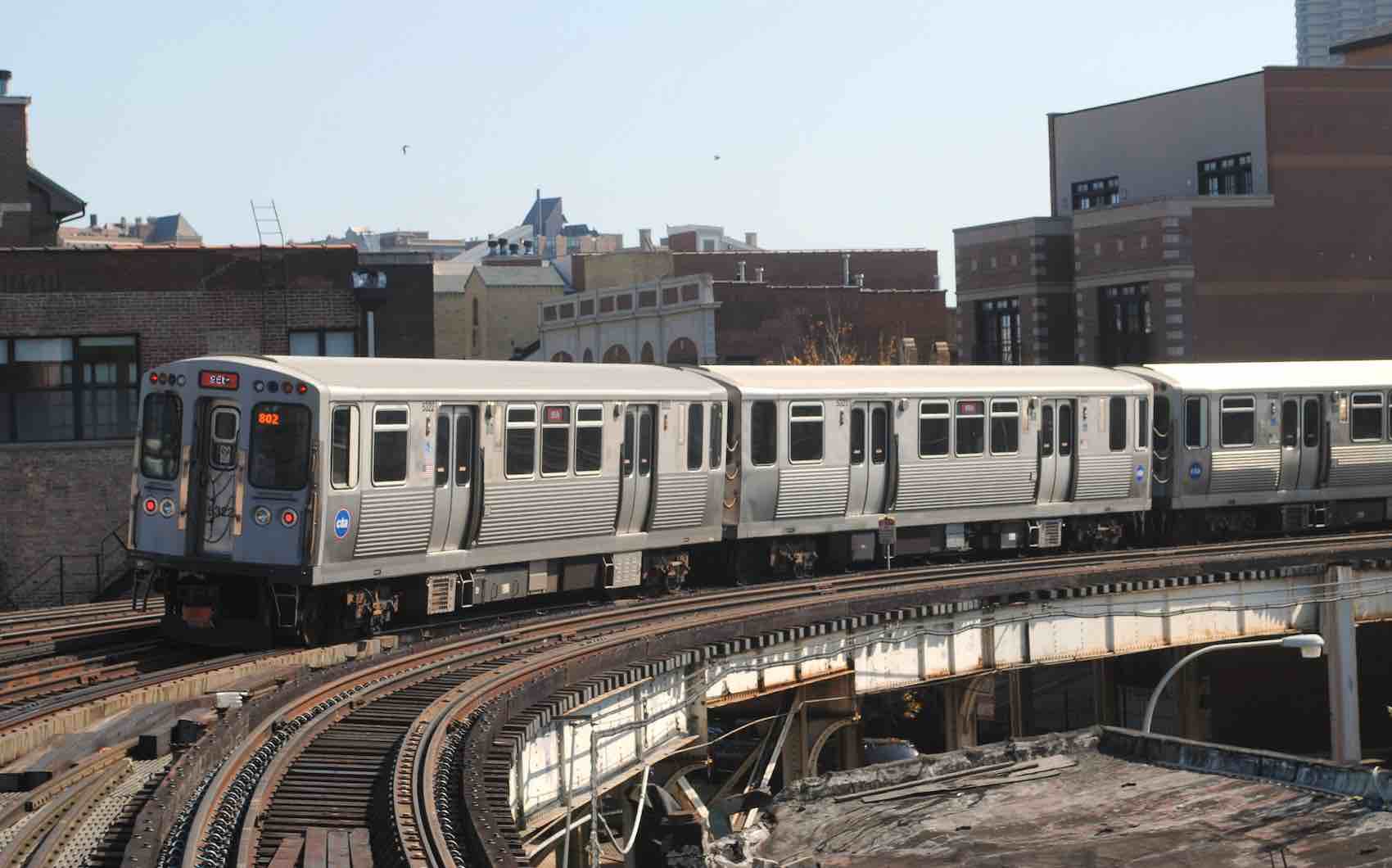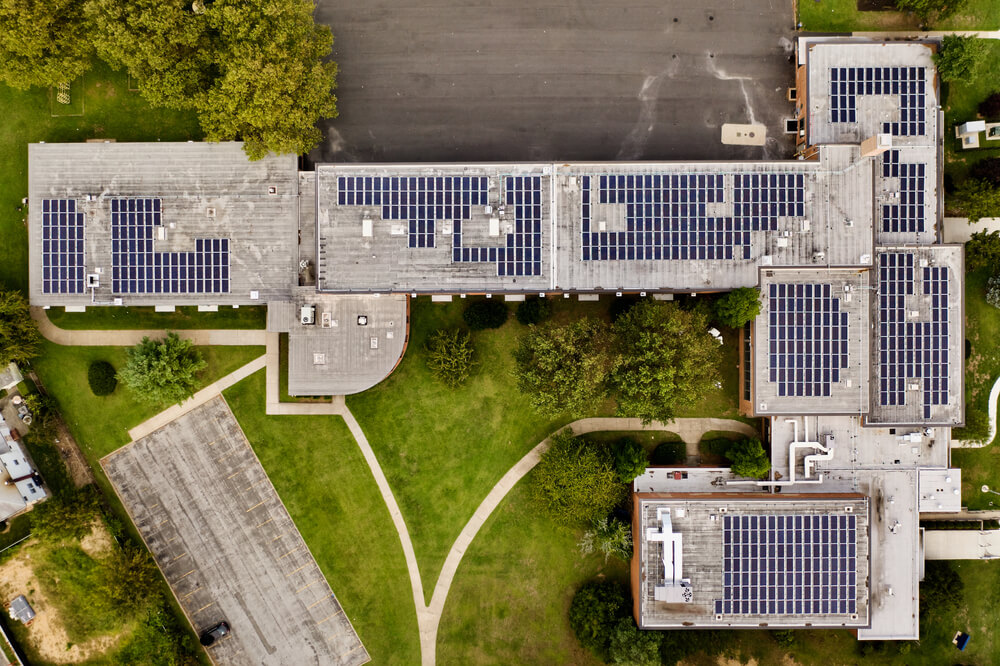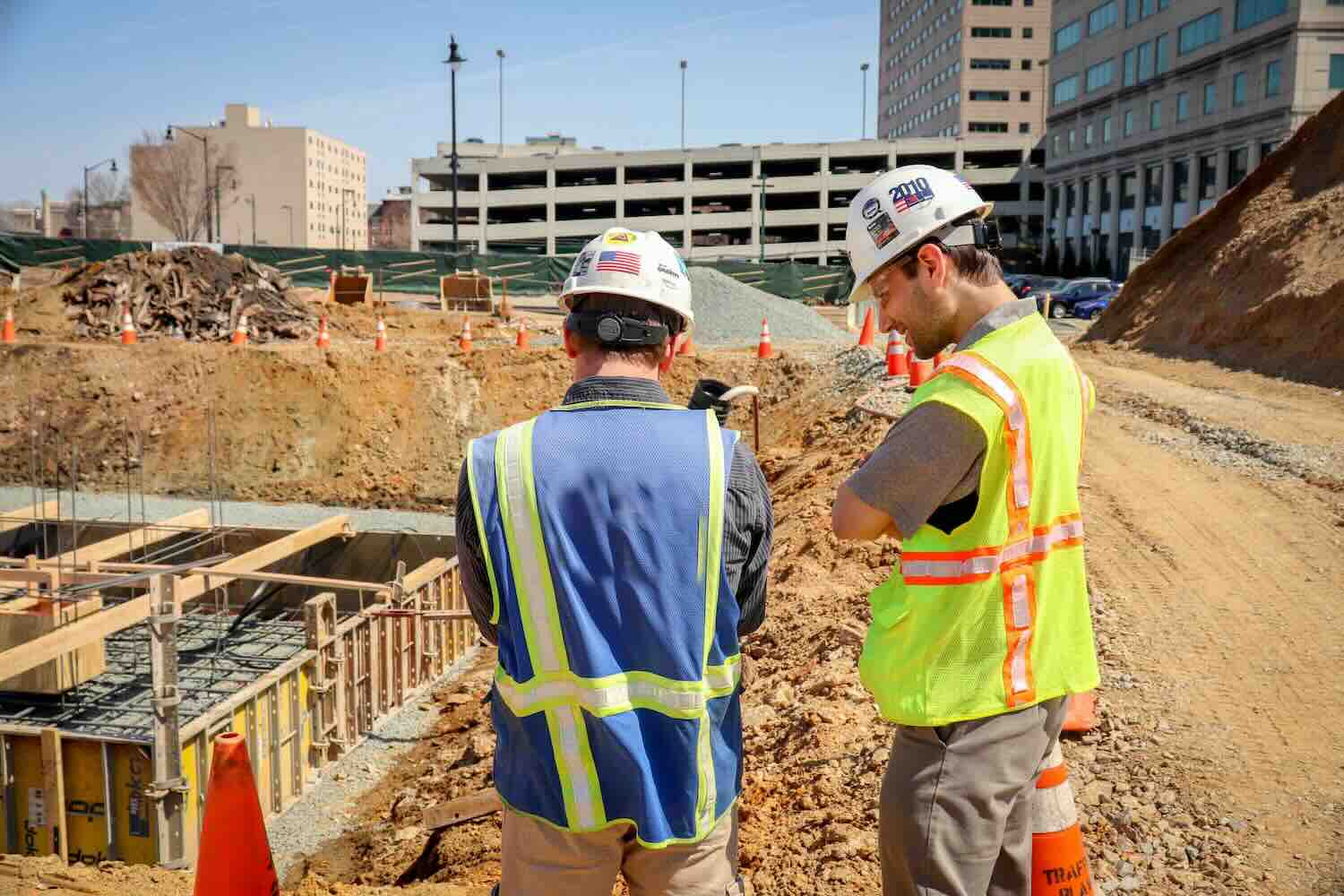ImpactAlpha, Oct. 18 – A new approach to a well-worn financing mechanism is attracting attention to Chicago. The city is employing a new twist on tax increment financing, or TIF, to help extend the local transit authority into the far south side, one of the poorest areas of the city.
With public transit ridership down nationwide since the Covid pandemic and transit authorities, including Chicago, being downgraded as a result, borrowing costs have ballooned. Municipal bond issuance for transit projects is down 44% from last year, underscoring the need for more creative financing.
As development projects, TIFs often draw criticism for their reliance on projected economic growth (and their tendency to gentrify neighborhoods). Generally, a city, transit authority, or other municipal entity will create a special tax district and issue bonds to fund a project there. The project, often some kind of new development, is expected to draw enough private investment to increase tax revenues in the area. Those additional revenues are then used to pay back the bonds – if they actually materialize.
What’s notable about this project, which is being called an “equity TIF,” is that the project area was defined broadly enough to include affluent parts of the city where rail stations already exist — tapping more prosperous areas to fund development in underserved, underinvested ones.
City planners are “really taking a holistic view of the current communities and looking for ways they can use the stations and other key community resources as anchors to develop,” Lisa Washburn of Municipal Market Analytics told Impact Alpha.
Community outreach
The Red Line Extension would construct four stations and bring rail service and a quicker route downtown to an area where about a quarter of the residents live below the poverty line, 18% are unemployed, and another 25% travel over an hour to work, according to MMA.
Chicago transit planners also undertook extensive community outreach and stakeholder engagement, and have committed publicly to “development without displacement.” More than 40 organizations representing neighborhoods, the city, and the broader region were consulted over a 15-month outreach process, and nearly 20 community organizations ranging from the Far South Community Development Corporation to Far South Community Development Corporation sit on a project advisory council.
The city hopes to receive roughly $2 billion in federal New Starts funding for what’s expected to be a $3.6 billion project cost, and to supplement it with nearly $950 in TIF bonding.











